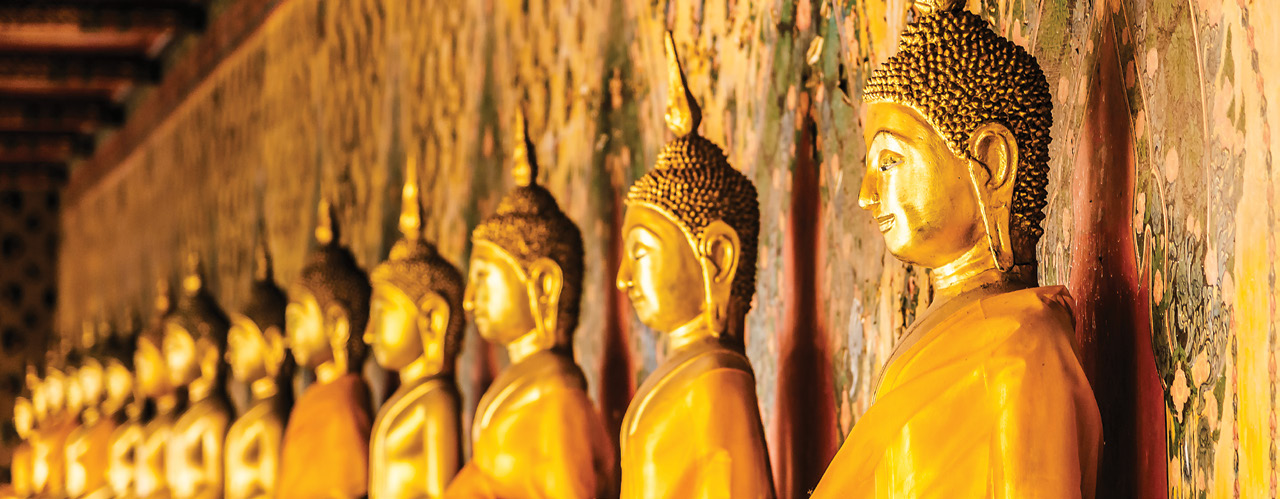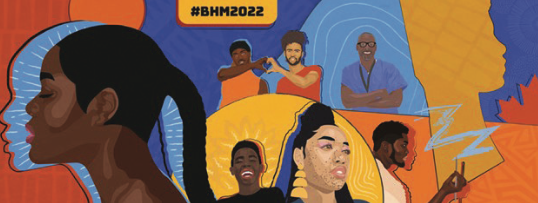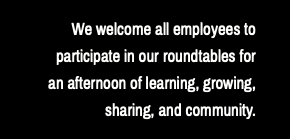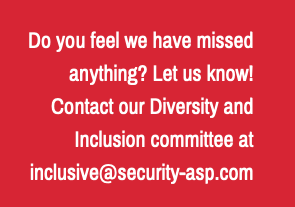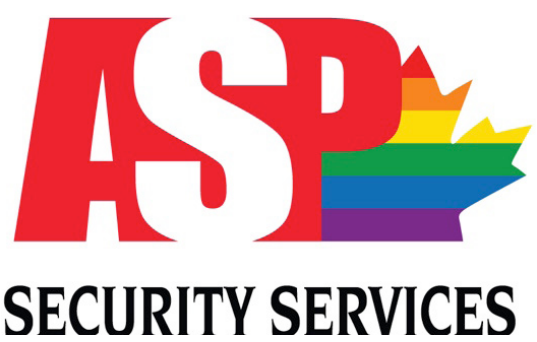By Debbie Ciccotelli, VP, Strategic Innitiatives
At ASP, Diversity and Inclusion is a part of our culture and values. We are committed to fostering an environment that values, celebrates, supports, respects and embraces all forms of diversity. If we truly want to address and foster inclusion, we need to tackle hate and subtle forms of discrimination and collectively ensure our workplace is safe and inclusive for all.
It is not easy to accept that we may have biases, however, no matter how we feel about prejudiced behavior, we are all susceptible to biases based on cultural stereotypes that are embedded in our belief systems from a young age. Every day, each and every one of us can stand up against prejudice and intolerant attitudes. An important way to reduce disparities, therefore, is to address our own biases on both individual and interpersonal levels. A first step is acknowledging that we are all vulnerable to biases. Once we are confronted with this awareness, our first impulse may to be deny or avoid it. It is normal to feel uncomfortable, but the only way to change our thoughts and behavior is to acknowledge our biases, become curious about them, and practice ways to transform them. It all circles back to the classic golden rule principle, treat others the way you would want to be treated.
I was deeply saddened and disappointed to learn of the LGBTQ2s+ hate crimes which occurred in the U.S. during Pride month.
The two most significant incidents in which LGBTQ2s+ events were targeted by far-right extremist groups were as follows:
- On June 11th, a library in Alameda County, California was hosting a Drag Queen Story Hour, where performers were reading children’s book when the event was crashed by alleged members of the far-right Proud Boys who disrupted the event and shouted profane, homophobic, and transphobic slurs to threaten and intimidate.
- In Coeur D’Alene, Idaho a group of men with ties to the white nationalist Patriot Front planned to instigate a riot at a Pride in the Park event where families, children and supporters were gathered to celebrate the LGBTQ2s+ community. On June 12th Police arrested 31 members of the white supremacist group after they were found packed into the back of a U-Haul truck wearing balaclavas and bearing riot gear.
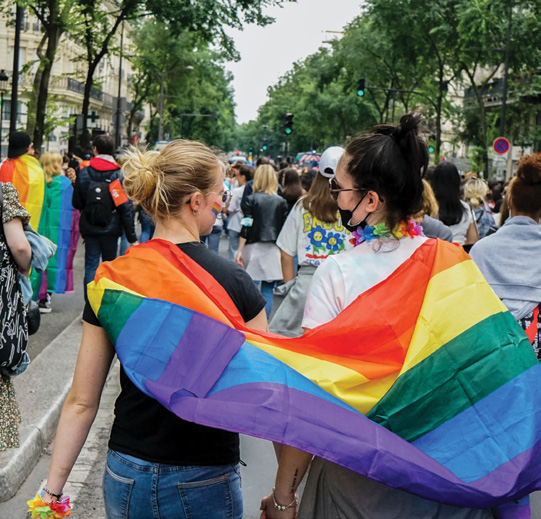
Also, on June 6th at a Washington state high school, a 16-year-old student was arrested for assault and charged with a hate crime after allegedly attacking two transgender students and using a homophobic slur. The altercation left a trans student with a concussion. At a June 13th rally at the school in support of the trans students, another student reportedly expressed his desire to aim an automatic machine gun in the direction of the demonstrators, forcing the school to go into lockdown.
These disruptions prompted LGBTQ2s+ event organizers and law enforcement to stay on high alert during Pride Month.
In June, many people across Canada recognize Pride Month. It is a time when we celebrate the diversity of LGBTQ2s+ communities, while acknowledging their history, the hardships and struggles they have endured and the progress that has been made.
Although the above events occurred south of the border, there have also been several disturbing incidents in Canada this year.
The following are some of the examples reported in the media:
The Miami Police Department received a report of a teenaged male on a social media chat line waving a gun and threatening to commit a mass shooting at a Florida Pride celebration. In total, seven law enforcement agencies — Miami Police Department, West Palm Beach Police, the local Sheriff ’s Department, the FBI, the RCMP, Toronto Police, and Peel Regional Police, worked together on this case. It ended with a teen being located at a Mississauga residence and arrested by Peel detectives. The teenager was charged with threatening to commit a mass shooting by Canadian authorities and will face similar charges and possible extradition to the United States.
In addition to this alleged heinous threat, a bisexual person was attacked in early June in Toronto and there has been other homophobic violence in the city.
In Lethbridge, Alberta, someone put a black mark across the city’s permanent painted pedestrian crosswalks meant to represent the LGBTQ2s+ transgender flags.
Symbols of the LGBTQ2s+ community are being targeted by vandals in Southwestern, Ontario. The OPP have responded to and are investigating numerous reports of damaged flags meant to celebrate diversity and inclusion during Pride Month, many of which occurred at schools, e.g.
- In Norwich, multiple Pride flags were stolen or vandalized
- Both Wellington County and Perth County received a rash of mischief reports in Mapleton, North Perth and Pinto
- Pride ribbons decorating a light standard on Main Street in Palmerston were damaged
- Pride flags were damaged at three elementary schools in Moorefield, Drayton and Harriston
- Pride flags were damaged at a business and at a Secondary School is Listowel
- Paint was thrown on a Pride crosswalk in Ingersoll
The pride banner outside the Scarborough United Church was partially burned, ripped and defaced with the word ‘repent’.
Windsor police are investing possible hate crimes after Pride flags were stolen and burned at a Secondary School.
A young male spray-painted the newly installed Pride crosswalk in Waterdown.
I encourage you to open your mind and heart to eliminating discrimination in the workplace and in your community.
A 17-year-old male has been arrested by the Hamilton police hate-crime unit in connection to a Pride crosswalk being vandalized.
Two men ripped down a rainbow flag from a resident’s porch in an Ottawa neighbourhood.
In Victoria BC, organizers of a family-friendly drag show decided to cancel the event after receiving multiple threats and harassing calls.
These incidents clash with the celebration of Pride month and it is very disconcerting to see this kind of hostility, vandalism, and hatred being spewed during a month that is so significant to the LGBTQ2s+ community.
The Canadian Anti-Hate Network, a non-profit organization that monitors hate groups and crimes in Canada, said they are aware of a spike in anti-LGBTQ2s+ material online and in-person during this Pride month. I, like many of you, have family, friends and coworkers who identify as members of the LGBTQ2s+ community and these acts of hate and vandalism challenge an individual’s ability to feel like they belong and that they are valued, and they are safe in their community. Although Canada has made great progress over the past decade, we are now in the moment where we need to protect that progress and continue to move forward as a country, community, and as individuals.

